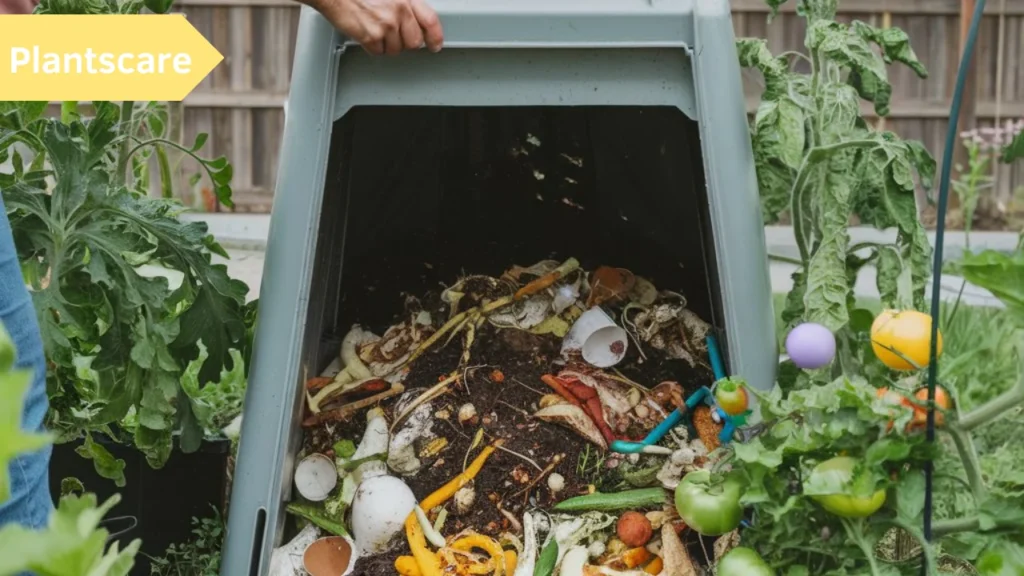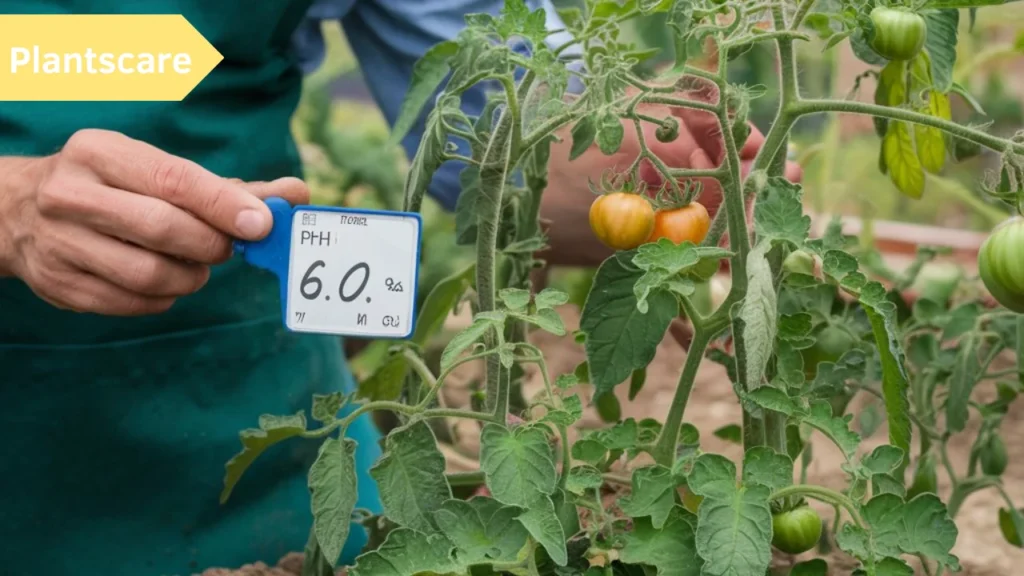One of the most common plants grown in home gardens is the tomato. While sunlight, water, and care are essential, the foundation of a thriving tomato plant starts with the soil. The difference between an abundant crop and a meager yield can be entirely attributed to the quality of soil. In this article, we’ll walk you through everything you need to know about “Soil for Tomato Plant” to ensure you have a healthy and productive garden.
The Basics of Soil
Soil is a living ecosystem, not just a place to put dirt. It plays a critical role in plant health by providing essential nutrients, air, and water. For tomato plants, the quality of the soil directly impacts the plant’s ability to grow, flower, and produce fruit.
There are three primary types of soil:
Sandy Soil:
Light and well-draining but doesn’t hold nutrients well.
Clay Soil:
Heavy and nutrient-rich but retains too much water, leading to drainage problems.
Loamy Soil:
The ideal mix of sand, silt, and clay, providing the perfect balance of drainage and nutrient retention.
Best Soil for Tomato Plants
For tomato plants, loamy soil is the gold standard. Loamy soil offers a good mix of drainage, water retention, and nutrient availability, all essential for healthy tomato plants. The texture of loamy soil allows roots to spread easily and absorb the water and nutrients they need without getting waterlogged.
Soil pH Levels for Tomato Plants
The pH level of your soil plays a crucial role in tomato plant health. Tomatoes prefer slightly acidic soil with a pH range between 6.0 and 6.8. If your soil is too acidic or too alkaline, the plant may not be able to absorb nutrients properly.
Get a home testing kit to find out the pH of your soil. Adding lime to the soil might help raise the pH if it is excessively acidic. If it’s too alkaline, sulfur can lower it.
Nutrient Requirements for Tomatoes
Because they are heavy feeders, tomatoes need a lot of nutrients to develop healthily. The three most important nutrients are:
Nitrogen (N):
Promotes healthy leaf growth.
Phosphorus (P):
Encourages strong root development and fruit production.
Potassium (K):
Helps with overall plant health and disease resistance.
In addition to these macronutrients, tomatoes also need micronutrients like calcium, magnesium, and iron to prevent issues like blossom end rot or yellowing leaves.
Soil Drainage and Water Retention
Tomato plants need well-drained soil to prevent root rot, which can occur if the soil holds too much water. However, the soil should also retain enough moisture to support the plant between waterings. If your soil drains too quickly, you can improve water retention by adding organic matter like compost or peat moss.
Improving Soil Structure
Good soil structure is essential for allowing air and water to reach the tomato plant’s roots. Adding organic matter such as compost or aged manure can significantly improve the structure and nutrient content of the soil. Mulching around the base of the plant can also help retain moisture and keep the soil cool during hot months.
Composting for Tomato Plants
Compost is often called “black gold” for gardeners, and it’s a fantastic way to improve soil quality. It provides a slow release of nutrients and improves the soil’s ability to retain water. You can make your own compost at home using kitchen scraps like vegetable peels, coffee grounds, and eggshells.

Soil Amendments for Tomatoes
Besides compost, other common soil amendments include:
Manure:
Adds organic material and nutrients.
Peat Moss:
Helps with water retention and improves soil texture.
Perlite or Vermiculite:
Improves soil aeration and drainage, making it ideal for container gardening.
Make sure to amend your soil before planting tomatoes, and work these materials into the top 6 to 8 inches of the soil.
Common Soil Problems
Some common soil problems that can hinder tomato plant growth include:
Compacted Soil:
Compacted Soil: Prevents roots from spreading and can lead to poor plant growth.
Poor Drainage:
Causes waterlogged roots, which can lead to diseases like root rot.
Improving the soil with organic matter and ensuring proper drainage can help address these issues.
Container Gardening and Soil for Tomatoes
Growing tomatoes in containers is a great option if you’re limited on garden space. However, it’s important to use a high-quality potting mix designed for container gardening, rather than regular garden soil. Potting mixes are lighter and have better drainage, which is crucial for container plants.
Testing and Monitoring Soil Health
To ensure that your tomato plants are getting the nutrients they need, it’s a good idea to test your soil regularly. Look for signs of nutrient deficiencies, such as yellowing leaves, and adjust your fertilization routine accordingly.
Seasonal Soil Preparation for Tomatoes
Before planting your tomatoes in the spring, prepare the soil by incorporating compost or other organic matter. After you harvest your tomatoes, it’s also important to care for the soil to prevent nutrient depletion. Consider planting cover crops like clover to restore nitrogen levels.

Common Mistakes to Avoid
One of the most common mistakes gardeners make is over-fertilizing their tomatoes. While tomatoes need nutrients, too much can lead to excessive leafy growth and fewer fruits. Another mistake is neglecting soil health, which can lead to poor plant growth over time.
Conclusion
Healthy, nutrient-rich soil is the foundation for a successful tomato harvest. The unique needs of tomato plants and taking steps to improve your soil, you can ensure a robust and fruitful garden season after season.
FAQs
What is the best soil for tomato plants?
Loamy soil with a good balance of sand, silt, and clay is the best for tomato plants.
Can I use regular garden soil for tomatoes?
Regular garden soil is often too dense for tomatoes. It’s better to use a mix of garden soil and organic amendments or a well-draining potting mix.
How often should I test my soil for tomatoes?
Testing your soil once a year is usually sufficient, especially before planting season.
What are signs of poor soil health in tomatoes?
Signs include yellowing leaves, stunted growth, and poor fruit production.
How can I make my soil more fertile for tomatoes?
Adding organic matter such as compost, aged manure, and mulching can significantly improve soil fertility.